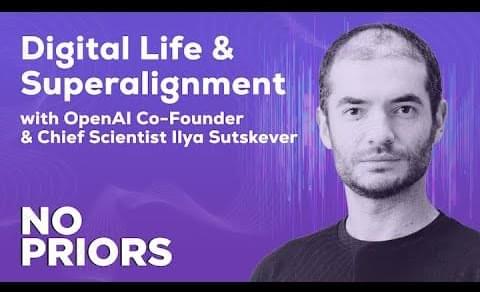Nov 20, 2023
Spatially embedded recurrent neural networks reveal widespread links between structural and functional neuroscience findings
Posted by Dan Breeden in categories: biological, neuroscience, robotics/AI
A fundamental question in neuroscience is what are the constraints that shape the structural and functional organization of the brain. By bringing biological cost constraints into the optimization process of artificial neural networks, Achterberg, Akarca and colleagues uncover the joint principle underlying a large set of neuroscientific findings.


















